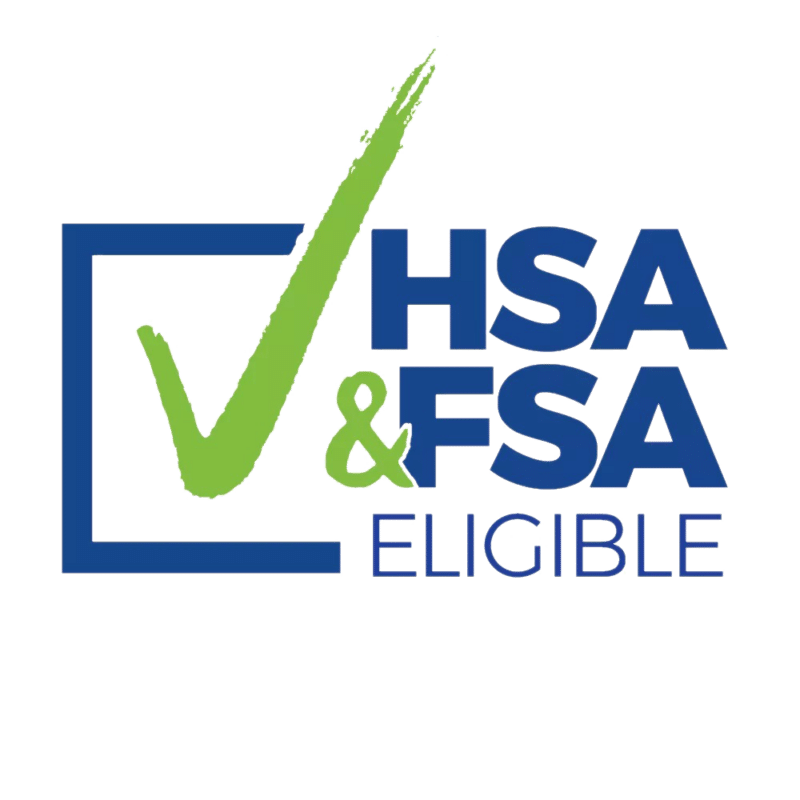Uncategorized
How to Choose the Right Refurbished AED for Your Needs
Automated External Defibrillators (AEDs) have become indispensable lifesaving devices across homes, workplaces, schools, and public spaces alike. Their ability to administer electric shocks to sudden cardiac arrest victims significantly improves survival rates; though new AEDs may be costly, budget-minded buyers can consider pre-owned refurbished AEDs, which offer budget-friendly alternatives while not compromising functionality or safety. Selecting one is paramount when every second counts!
This article details how to select an affordable refurbished AED that meets all of your requirements, with particular focus on device quality, certifications, compatibility issues, and support/maintenance considerations.
What a Refurbished AED Is
Before diving into selecting an AED, it’s crucial to understand exactly what a refurbished device entails. A refurbished device refers to any previously owned AED that has been returned to either its manufacturer or certified refurbisher and received thorough inspection, repair if necessary, testing, restoration to meet manufacturer specs, as well as being restored into as close of new condition as possible – with proper functioning and safety guaranteed by this process.
Refurbished AEDs offer many of the same features of new units at an incredibly reasonable cost, making them attractive options for schools, small businesses, community centers, and organizations with tight budgets. But not all refurbished AEDs are created equal – selecting an inferior device could compromise safety during emergencies.
Assessing the Source and Certification of Refurbished AEDs
One of the first and most essential steps when purchasing a refurbished AED is verifying its source, with reliable sellers or manufacturers adhering to stringent refurbishment standards that offer certification that their AED meets all necessary safety and performance criteria.
Reputable suppliers provide documentation confirming that an AED has undergone rigorous testing, battery and electrode replacement if required, software updates to its most up-to-date version, as well as certification from recognized regulatory bodies or manufacturers to add further assurance about the reliability of use.
Avoid purchasing refurbished AEDs from unknown sources or online platforms that lack verification information regarding refurbishment processes; such risks pose substantial danger, and such devices could fail in an emergency scenario.
Compatibility with Environment and Users
When purchasing a pre-owned AED, it is crucial to evaluate its suitability for use within its environment and users. Some AED models have been specifically tailored for specific environments–rugged models suitable for outdoor use, waterproof designs for swimming pools, and compact versions designed specifically for smaller spaces are all examples of products tailored for specific situations.
User friendliness is also of critical importance; when selecting AEDs for rescuer use, seek devices that offer clear voice prompts and visual indicators to guide rescuers through the defibrillation process. This feature should especially come into play if an AED is operated by untrained or minimally trained individuals.
Certain AEDs come equipped with pediatric settings or electrodes specifically tailored for children’s use, making it safer and more prepared to be used on them in environments containing children or family members of various ages. If these features are essential in your environment, opting for such devices will increase overall preparedness.
Understanding your particular portable, durable, and user interface requirements will enable you to choose an AED that best meets your situation.
Checking Battery and Electrode Status
Battery and electrode functionality are key in an AED’s readiness. In refurbished AEDs, both components may have been updated or tested thoroughly during refurbishment – be sure to ask if new or certified replacement batteries and electrode pads come included with your AED purchase.
Batteries should be clearly labeled with their expiration dates and expected lifespan after purchase; many refurbished AEDs come equipped with batteries that should provide two to four years of usage before replacement is required.
Electrodes have limited lifespans and should be compatible with your AED model, so make sure that any used or refurbished AEDs you consider include new or near-new electrodes suitable for you and users.
Consideration should also be given to the availability and cost of replacement batteries and electrodes after purchase; certain AED models include costly proprietary parts, which might make long-term maintenance challenging or prohibitively expensive.
Consider Warranty and Support Services
A key aspect when shopping for refurbished AEDs is their warranty from the manufacturer or the refurbisher. A reliable supplier typically offers coverage that extends over parts and labor of their refurbished devices for at least an initial set period, offering peace of mind knowing any malfunctions within that window will be addressed quickly and appropriately.
Warranty length can range anywhere between one and three years; its terms and conditions must be clearly understood in regards to what’s covered as well as any requirements for regular maintenance.
Consider both warranty and customer support availability before selecting an emergency equipment supplier. Technical assistance needs to be readily accessible should problems arise, so pick one with responsive services and accessible support channels.
Some suppliers also provide AED maintenance plans, which include regular inspections, battery and pad replacements and software updates to keep your AED fully compliant with local regulations and fully functional. These maintenance agreements help keep it operationally sound as well as compliant.
Confirm Compliance With Local Regulations and Guidelines
Each region or country imposes various laws regarding AED use, placement and maintenance – it’s crucial when purchasing a used AED to check that its specifications comply with these local standards and requirements.
Check that your AED meets all applicable certifications – FDA in the US and CE marking in Europe are two examples; other relevant safety standards could also apply depending on where it will be used.
Regulations may dictate which AEDs can be used in public places or workplaces and stipulate requirements for registration or training of these AEDs, helping avoid legal complications while assuring regulatory authorities approve of their usage. By verifying compliance, legal issues will be prevented as well as being accepted.
Assess Device Features and Additional Functions
Refurbished AEDs often vary widely in features depending on their model and manufacturer; while cost may be the key deciding factor, selecting one with essential features for your needs should remain paramount.
Search for AEDs that feature clear voice instructions in multiple languages to facilitate use by diverse users, while real-time CPR feedback guides rescuers to deliver high-quality chest compressions during resuscitation.
Other features can be particularly advantageous, such as automated self-tests to monitor device readiness, data storage for post-event review, and connectivity options for remote monitoring or reporting.
While additional features can increase cost, they could significantly improve cardiac emergency outcomes as well as aid compliance and training efforts.
Planning, Training, and Ease of Use
Even with the best AED on the market, users must feel comfortable using it correctly for it to be truly effective. When selecting your supplier or manufacturer’s training resources, many reputable refurbished AED providers include training kits or videos along with access to certification courses for purchase – pay close attention.
Ease of use is also key; selecting AED models with user-friendly interfaces and intuitive operation to avoid hesitation or mistakes during emergencies.
Training should include not only device operation but also maintenance activities like checking battery status and replacing pads – this ensures your AED remains ready when needed.
Conclusion
Selecting the proper used AED requires much more than price alone. When making this important choice, prioritising quality, certifications, compatibility issues, battery condition issues, warranty support services, as well as regulatory compliance, will all help to ensure you end up with something reliable that performs reliably when needed.
By purchasing a pre-owned AED from a reliable provider, you can strike an effective balance between cost savings, safety, and peace of mind. Proper training and maintenance make your investment in this vital piece of emergency medical equipment vitally important in protecting lives in your community, workplace, or home.
Preparedness for sudden cardiac arrest emergencies begins by selecting an AED that meets both your specific needs and offers reliable performance during critical moments. Choosing from either new or refurbished models is best.






